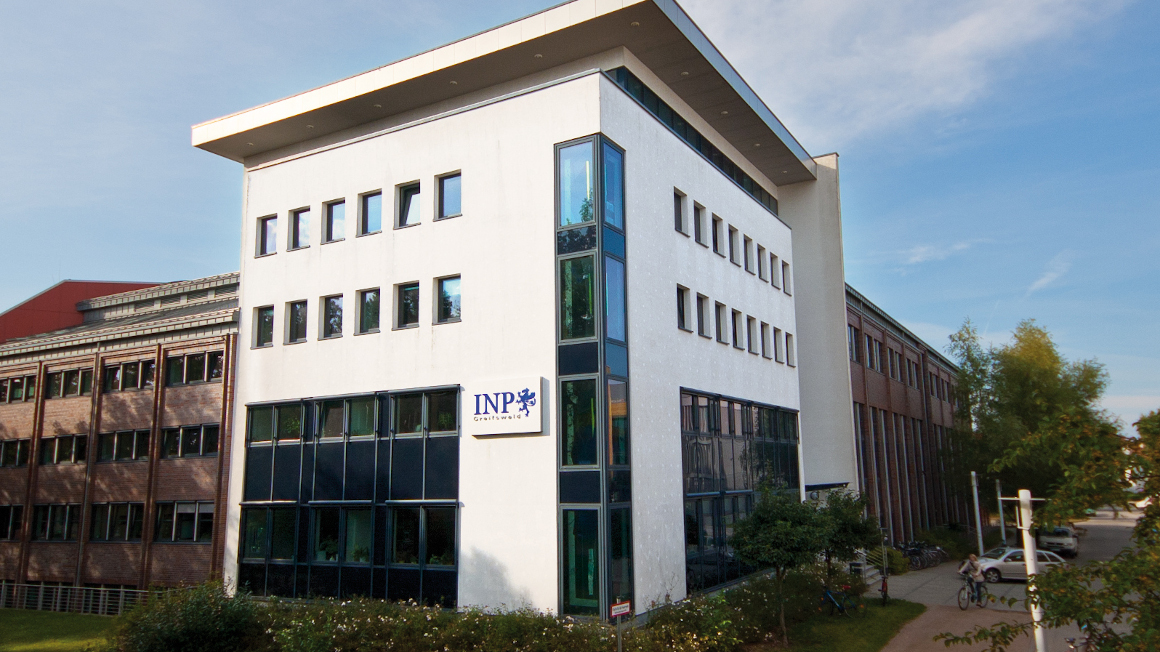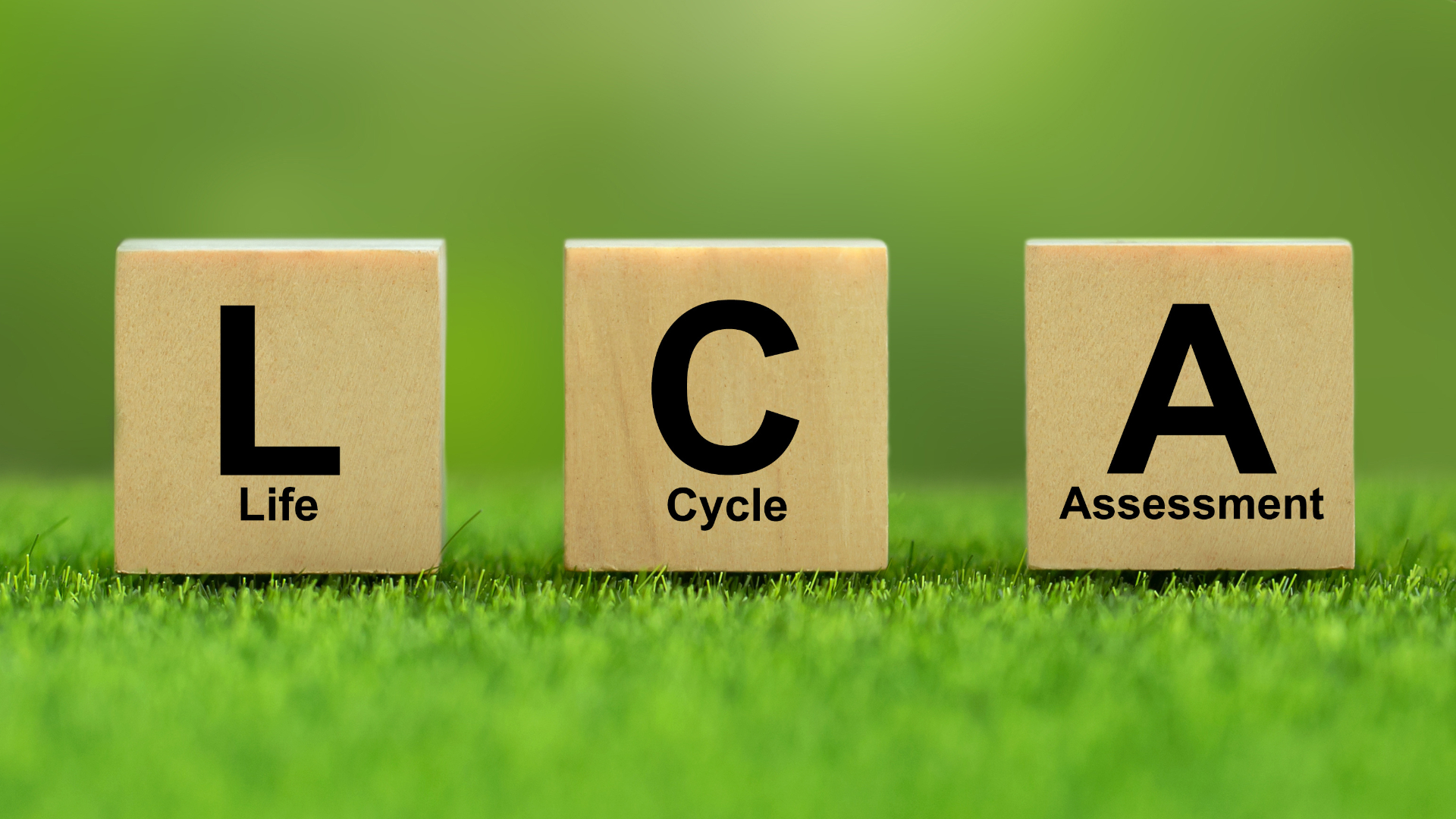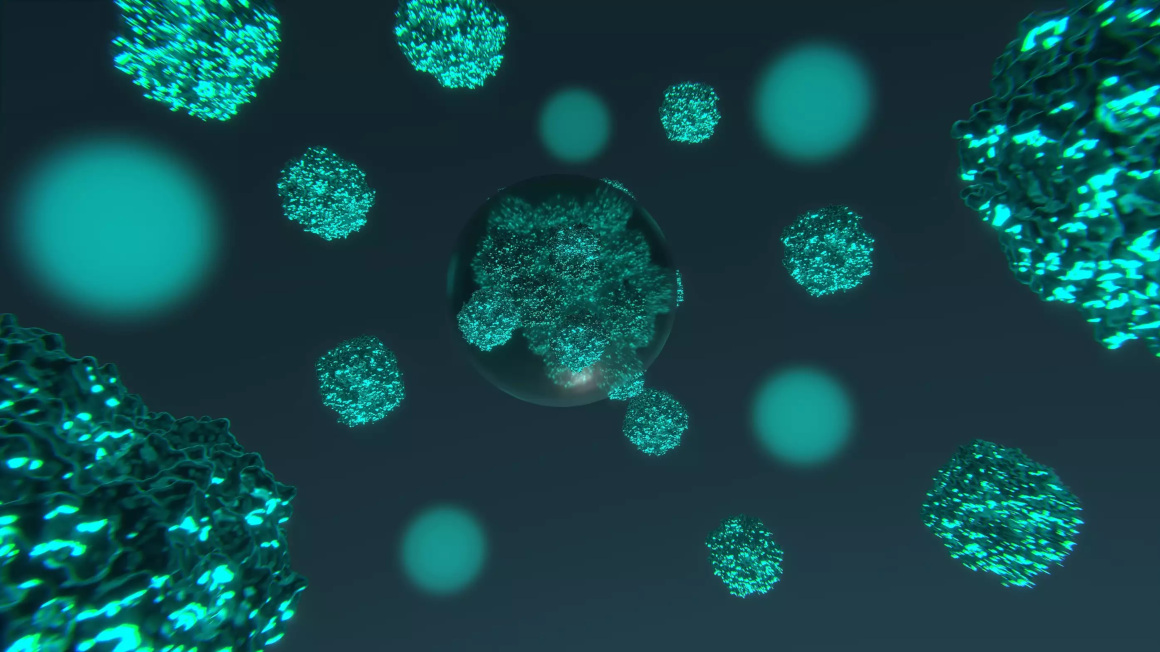Greifswald: Plasma technology for the bioeconomy
The Leibniz Institute for Plasma Science and Technology (INP) in Greifswald is receiving millions in funding from the federal and state governments to expand research in the fields of agriculture, bioeconomy and the environment.

Whether in packaging, mobile phones or cars, plasma technologies are used in many areas nowadays. In addition to their ability to heal wounds, cold plasmas can also kill multi-resistant bacteria and be used to treat seeds, for example. Plasma research at the Leibniz Institute for Plasma Science and Technology (INP) in Greifswald is now to be boosted with millions in funding from the Federal Ministry of Education and Research (BMBF) and the state of Mecklenburg-Vorpommern.
International location for plasma research
"The funding enables us to establish an internationally leading location in Mecklenburg-Vorpommern in the field of plasma technologies for agriculture, food production and biogenic residues," explains Klaus-Dieter Weltmann, Chairman of the Board and Scientific Director of the INP. "We are focussing on developing environmentally friendly technologies that not only enrich research and teaching, but also create future-oriented jobs."
More money for personnel, research and equipment
The funding amounts to a "high single-digit million sum", as bioökonomie.de learnt on request. The funds will be used to fill up to twelve positions at the INP with additional specialised staff. Scientific training will also be expanded. Three new professorships – for plasma food processing, plasma agricultural technology and plasma agricultural sciences – are to be established in Mecklenburg-Vorpommern in 2024 and 2025.
"These new professorships are essential to increase the momentum in our research areas and make a sustainable scientific and economic contribution in north-east Germany," explains Weltmann.
Advancing plasma technology in agriculture and food production
Researchers at the INP also have access to specially equipped laboratories for research on plants and microorganisms, which have been rented at the newly opened Z4 – Centre for Life Science and Plasma Technology in Greifswald. "With the new personnel, technical and spatial equipment, we can intensively promote the use of plasma technology in agriculture and food production. I am convinced that we will make a significant contribution to environmental protection as a result," says Weltmann.
The INP is Europe's largest non-university research institution in the field of low-temperature plasma physics, conducting basic and application-oriented research in order to bring new technologies to market. Over the past 25 years, for example, a research cluster has been established in north-east Germany for medical applications of plasma technology such as wound healing.
Technologies for treating seeds with cold plasma have also been developed at the INP. In addition, the Greifswald team is researching the use of plasma-treated water, which stimulates the metabolic processes of plants and increases their resistance to drought and heat.
Utilising plasma processes for vertical farming
In the recently launched flagship project "Physics for Sustainable Vertical Farming", the PHYSICS FOR FOOD alliance, led by the INP, now wants to pool its experience and results on plasma technologies in order to overcome the challenges of vertical farming in terms of plant health and resource conservation. The project will utilise plasma processes that can be used for seeds, the plants themselves and for water circulation management. To this end, a complex plant system will be installed in a 40-foot shipping container – a realistic size for transfer to the application – which extends over 4 floors. Initially, rocket and basil are to be grown here. In addition to the INP, the Neubrandenburg University of Applied Sciences and commercial enterprises are involved in the project.
Plasma technology is gentler and more environmentally friendly
However, the potential of plasma technology is far greater: the shelf life of food can be extended with the help of this technology. This saves on preservatives and leads to better yields in biogas plants thanks to the plasma treatment of biomass. Plasma technology has also been shown to deliver gentler and more effective results than conventional methods in the production of pharmaceutical raw materials from algae and raw material plants. It also has the potential to produce green fuel from the carbon dioxide produced during plasma synthesis.
bb


